The must-read PIRATE UTOPIA is masterfully told
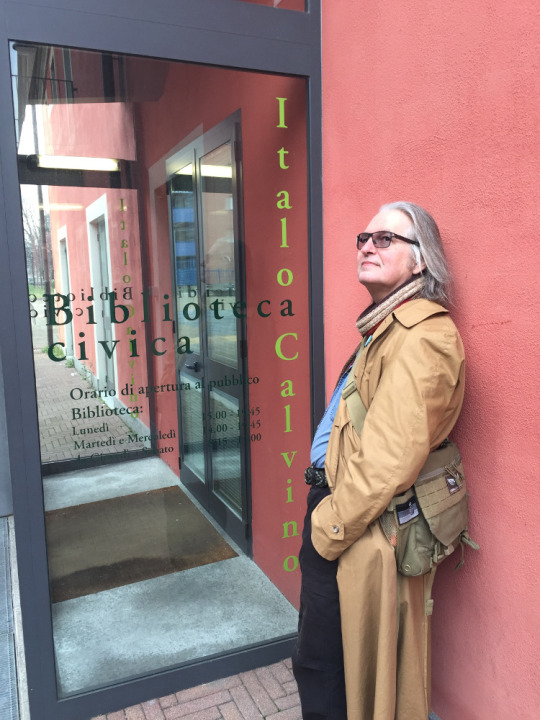
For THE VILLAGE VOICE, Carol Cooper reviews Bruce Sterling’s PIRATE UTOPIA, China Miéville’s THE LAST DAYS OF NEW
PARIS, and M.E. Warlick’s MAX ERNST AND
ALCHEMY: A MAGICIAN IN SEARCH OF MYTH.
Well, it’s 2017, a century-plus since Zurich’s Cabaret Voltaire first raised the flag of Dada derision above the senseless carnage of World War I. The founding group of Dada expats soon attracted many other bohemian rebels seeking freedom from existing social, aesthetic, and governmental norms. Of course, as Bruce Sterling’s new novella, PIRATE UTOPIA, points out, the pro-war, pro-nationalist Italian Futurist movement was winning followers at the same time, and their manifestos ultimately supported the rise of Italy’s Fascist Party.
Dada believed it could subvert authoritarianism with ridicule alone, but Dada was wrong. That’s why, after only eight years, the international Dada underground was rather abruptly supplanted by André Breton’s more strategically organized Surrealist project. Surrealism prospered — as documented in M.E. Warlick’s Max Ernst bio, as well as by China Miéville’s THE LAST DAYS OF NEW PARIS — and former Dada loyalists switched allegiance in droves.
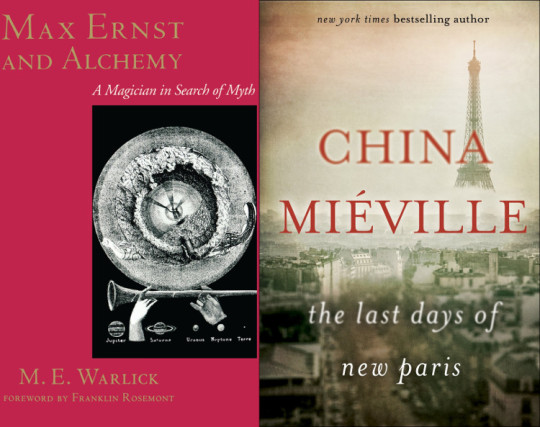
The lesson here is that art and liberation movements that aspire to effective forms of dissent need to do their homework and store lots of different tools in their activist toolbox. While it may seem unlikely that two science fiction novels, plus one comprehensive artist biography, could mentally prepare creative communities for drastic social change, never underestimate the value of a broad historical perspective.
Miéville, a left-leaning British fantasist with a Ph.D. in international relations, is also a celebrated practitioner of “New Weird” fiction. Sterling is a science fiction writer from Texas, long famous (along with William Gibson) for spearheading the Cyberpunk and Steampunk movements. Both typically write genre fiction with a view toward helping readers grapple with some of our era’s thornier socioeconomic problems.
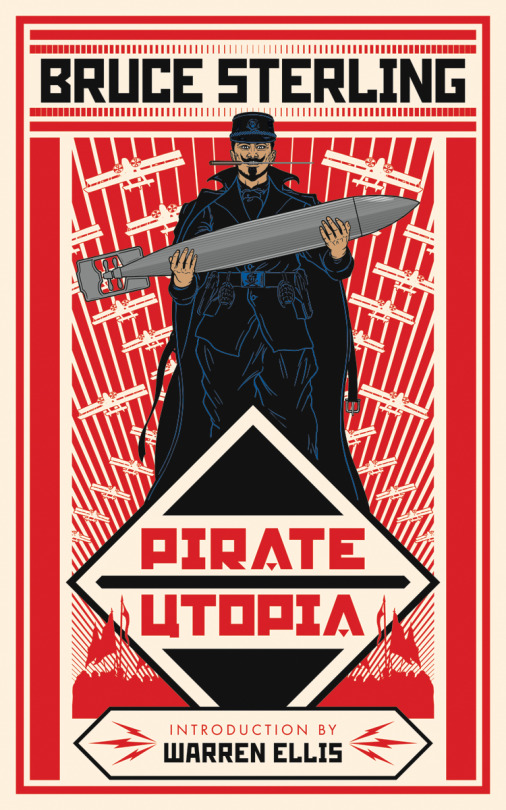
When Sterling decides to craft a black comedy about a short-lived soldier-citizen republic on the Adriatic (commandeered between 1919 and 1920 by Futurist poets and fighter pilot Gabriele D’Annunzio), he is doing more than playfully distorting actual people and events. He is showing us how cultural production can be manipulated to make fascist bombast and violence fashionable. From 1914 to 1919, the theorists of Futurism became so aesthetically sophisticated that they were able to brand their crackpot paramilitary occupation of Fiume with signature songs, gestures, jargon, logos, textile designs, postage stamps, manifestos, and flags. All this made their revolution highly recognizable and marketable. Little wonder that many Futurist survivors of WWI (like Mussolini) were able to ride media-savvy Futurist propaganda right into Italy’s Fascist ruling class.
Bruce Sterling discusses PIRATE UTOPIA on WIRED’s GEEK’S GUIDE TO THE GALAXY podcast.
AUTHOR BRUCE STERLING is best known for his futuristic science fiction, but he’s equally comfortable writing about the past. His new novella Pirate Utopia is an alternate history set just after World War I, and takes place in the real-life city of Fiume (now Rijeka), which experienced a brief period as an independent state run by artists and revolutionaries.
“Believe me, what went on in the Fiume enterprise was truly one of the weirdest things that happened in the 20th century,” Sterling says in Episode 238 of the Geek’s Guide to the Galaxy podcast. “It’s really, really a strange business.”
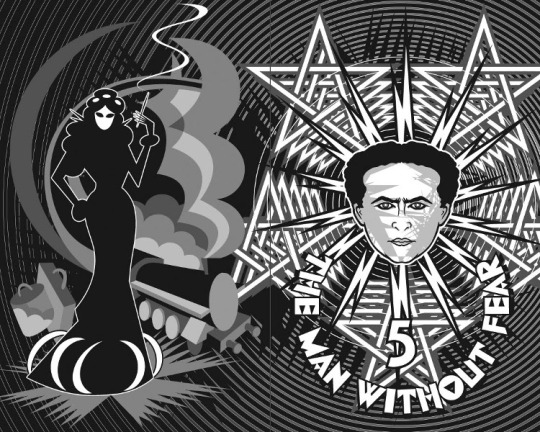
Fiume served as a breeding ground for radical ideas, everything from socialism to anarcho-syndicalism to fascism. Sterling says it’s hard for many people to understand the allure of fascism, but that it makes more sense when you look at it sort of like a big-budget sci-fi blockbuster that overwhelms your brain with its dazzling special effects.
“There’s a kind of rhetorical trick that goes on in science fiction, and in fascism, that kind of says, ‘Don’t really worry about what this means for the guy next door,‘” Sterling says. “That it’s so cool and amazing that you should just surrender yourself to the rapture of its fantastic-ness.”
As an example he cites the ending of Stanley Kubrick’s 2001: A SPACE
ODYSSEY, in which astronaut David Bowman is transformed into a superhuman entity called the Star Child. Sterling says the image is so striking and awe-inspiring that few viewers ever think to ponder the potential downsides of the Star Child.
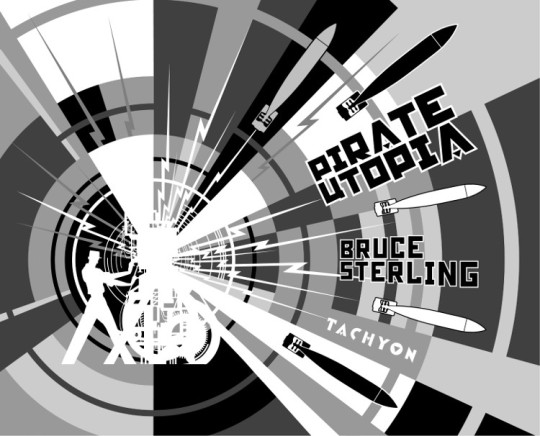
“It’s not like anybody voted on the space baby,” he says. “It’s not like an ethics commission wrote on the space baby. It’s not like anybody says, ‘What if the space baby turns out to be cruel to certain ethnic minorities?’”
Sterling believes that it’s important to retain your ability to be moved and inspired, but equally important to be selective about the images and ideas that you choose to invest in.
“If you don’t have a sense of wonder it’s like you’re dead inside,” he says. “But your sense of wonder can be used to trick you. You can have a sense of wonder over a thing that’s basically a conjurer’s trick, or a con job, or a rip-off.”
In December for the second consecutive month, the book appeared on the Borderlands Books best seller list.
Hardcovers
1. BABYLON’S ASHES by James S.A. Corey
2. ARCANUM UNBOUNDED by Brandon Sanderson
3. REJECTED PRINCESSES by Jason Porath
4. MISTBORN (Leatherbound Special Edition) by Brandon Sanderson
5. PIRATE UTOPIA by Bruce Sterling
6. INVISIBLE PLANETS edited by Ken Liu
7. FANTASTIC BEAST AND WHERE TO FIND THEM By J.K. Rowling,
8. ALL THE BIRDS IN THE SKY by Charlie Jane Anders
9. CROSSTALK by Connie Willis
10. DEATH’S END by Cixin Liu
For more info on PIRATE UTOPIA, visit the Tachyon page.
Cover and illustrations by John Coulthart
